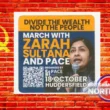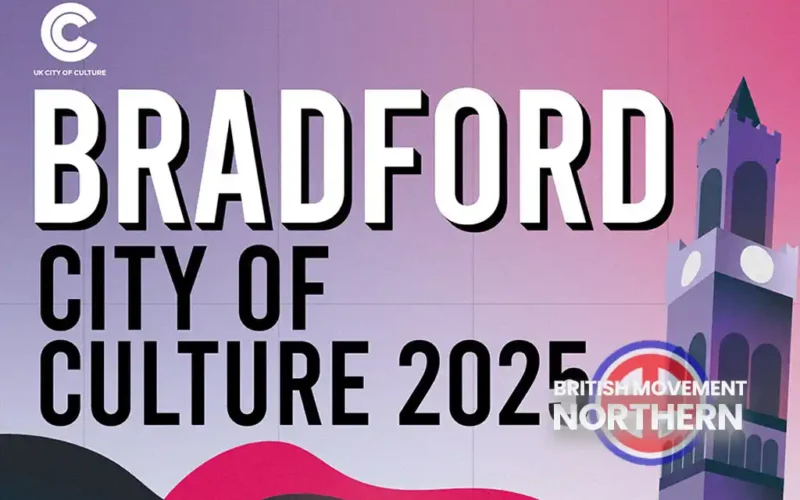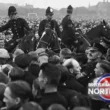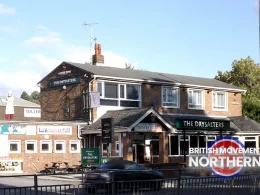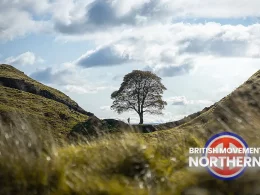It is hard to believe that what is now the Metropolitan District of Bradford was once a small Anglo-Saxon settlement, much less a UK City of Culture. The modern name ‘Bradford’ comes from two Anglo-Saxon words, meaning a ‘broad ford’, a wide river crossing place, and was subsequently referred to as Broad Ford. The village at the river crossing remained a relatively insignificant land holding in the Kingdom of Northumbria.
The small settlement was recorded as being ‘laid waste’ by Norman forces in 1070 as part of the campaign known as the “Harrying of the North” where the northern Anglo-Saxons rebelled against the new Norman overlords after the Norman Conquest of 1066.
Thereafter, the Norman De Lacy family included the settlement of the Manor of Bradford in their estates until 1311. Then Bradford passed into the land holdings of the Earl of Lincoln, and then during the Wars of the Roses it passed into the estates of John of Gaunt, and then became a Crown estate until 1620.
It was not until the late 18th Century that Bradford began to grow and expand as the first stages of the Industrial Revolution brought woollen textile mills, turn pike roads and eventually the canal system to Bradford.
In the 19th Century Bradford became the fastest growing town in England, a national centre of the wool textile industry, nick-named “Worstedopolis” for its domination of worsted cloth manufacturing. Bradford gained the status of a city in 1897.
In January 2025, amid much mainstream media fanfare, Bradford was officially operating as the UK City of Culture for 2025. The designation having been won in May of 2022. The problem is of course, which culture does Bradford celebrate? Bradford is geographically a major population centre in West Yorkshire but for decades has existed as the poor relation of the neighbouring city of Leeds and sink hole for immigration.
Politically the city of Bradford has long been dominated by the Labour Party and the ideological motivations of the political Left. The status of UK City of Culture 2025 has been seized on by all the elements of multiculturalism and cultural Marxism to showcase their vision of a ‘vibrant and diverse’ multi-racial city.
Sadly in the decades since the 1950’s, Bradford has lost much of its traditional Yorkshire heritage and culture. Population statistics are very clear for Bradford; in 1971 it was 94.1% White, but by 2021 it was 57.1% White. The classification as White includes White British, White Irish and almost 21,000 other White Europeans.
A disturbing rate of ethnic replacement is taking place in the city, the largest ‘minority ethnic’ group, 25.5% of the city population now being Pakistani. This is the largest part of a non-white population in Bradford numbering 546, 412 in 2021, the percentage has of course increased over the last four years as large numbers of ‘asylum-seekers’ have been settled in the Bradford area.
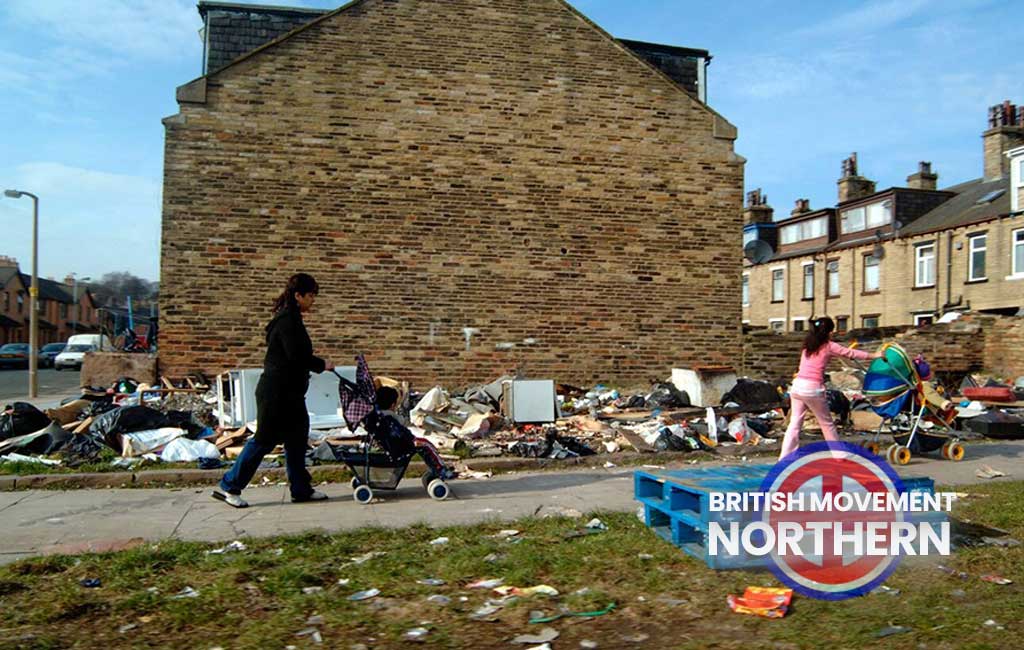
This is not to say that Bradford has not experienced immigration in the past, in the mid to late 19th Century there were large numbers of Irish migrants settling in the city, also the expanding wool textile industries brought German wool merchants, the concentration of these people gave rise to the district on the fringe of the city centre becoming known as ‘Little Germany’.
However unlike the immigrants of the 1960’s, 1970’s and later, these were White Europeans with related cultures, traditions and religious beliefs to the indigenous Yorkshire folk of Bradford. As with other major British industrial cities of the North, the late 19th Century and first decade of the 20th Century saw the arrival of eastern European and Russian Jews in Bradford, but not in the same numbers experienced by neighbouring Leeds.
The immediate post-1945 years saw the arrival of Polish refugees fleeing the Soviet takeover of their homelands. Plus Ukrainians, Latvians and Estonians who also settled in Bradford, escaping the Soviet yoke. In post-1956 Hungarian refugees arrived, fleeing the Soviets in the wake of the 1956 Uprising against the Communist Russian’s domination of their country.
However as with the earlier Irish and German arrivals of the 19th Century, the post-1945 refugees from eastern Europe were all Christians and were ethnically compatible with the indigenous Bradfordians.
Sadly, as the 1950’s got under way, the first immigrants from the Caribbean began to arrive in the city, many settling in the district of Manningham. It was not long before Bradford gained a reputation for having a sizeable non-white inner-city population and became the butt of jokes for stand-up comedians in northern working men’s clubs.
The 1960’s saw the arrival of increasing numbers of immigrants from India and Pakistan, as the population figures listed above demonstrate, this trend has accelerated and increased over recent decades. The leftist promoters of multiculturalism organising the events for the UK City of Culture have been keen to present South Asian cultures and religions, not just those of Pakistani Muslims, but also the music and dance of Indian Sikhs and Hindus as representative of modern Bradford.
Bradford as UK City of Culture 2025 ignores the obvious impact of the Great Replacement in terms of cultural changes within the Bradford area.
It is a fact that since the late 1960’s, ‘White Flight’ has been a reality for many of Bradford’s inner-city districts and entire neighbourhoods no longer have any White British residents. The accelerated rate of ‘replacement’ from the 1990’s onwards has possibly permanently changed the population makeup of Bradford.
So once again the question: Bradford, UK City of Culture 2025 – are they serious?
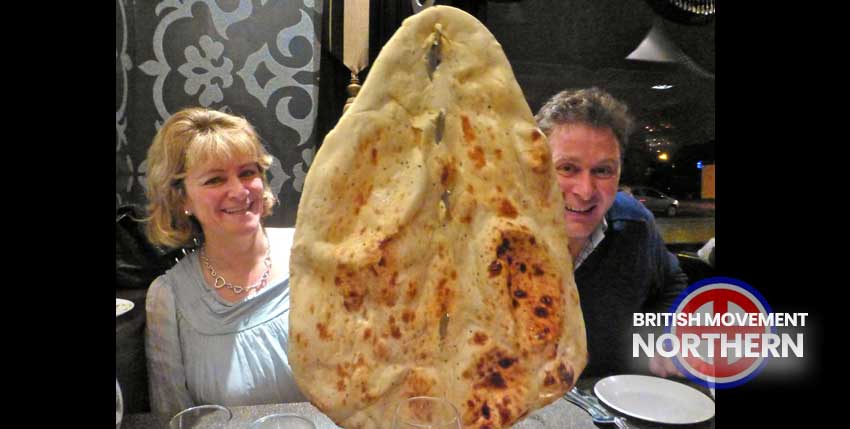
Credits:
Main Images: Bradford City of Culture Gov.uk.
Middle Image: Inner-city Bradford – stock image.
Lower Image: Facebook.
The British Movement welcomes articles for possible inclusion on this site from members and supporters across the North of England. Please remember that we have to operate within the laws of this country; we will not include any content that is against the current laws of the United Kingdom. News reports should be topical and relevant to the regions covered by this website.





